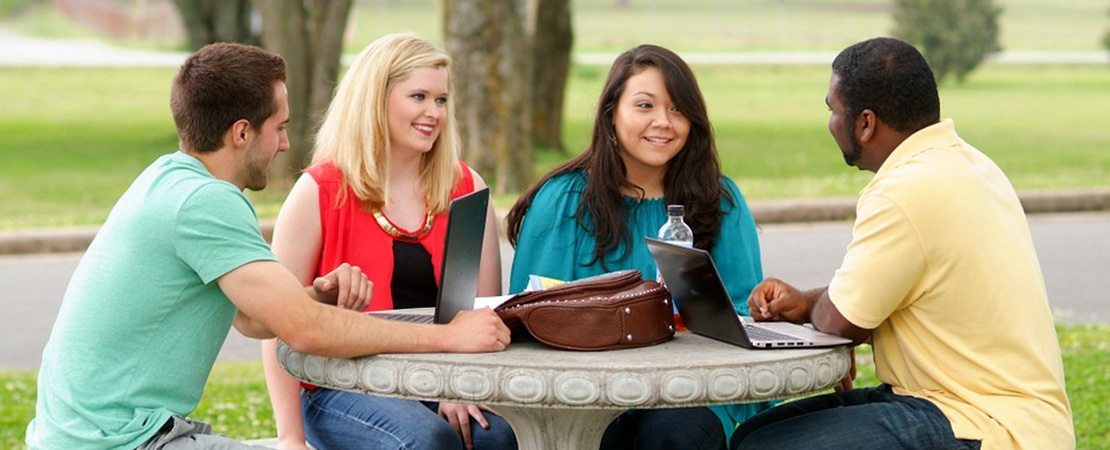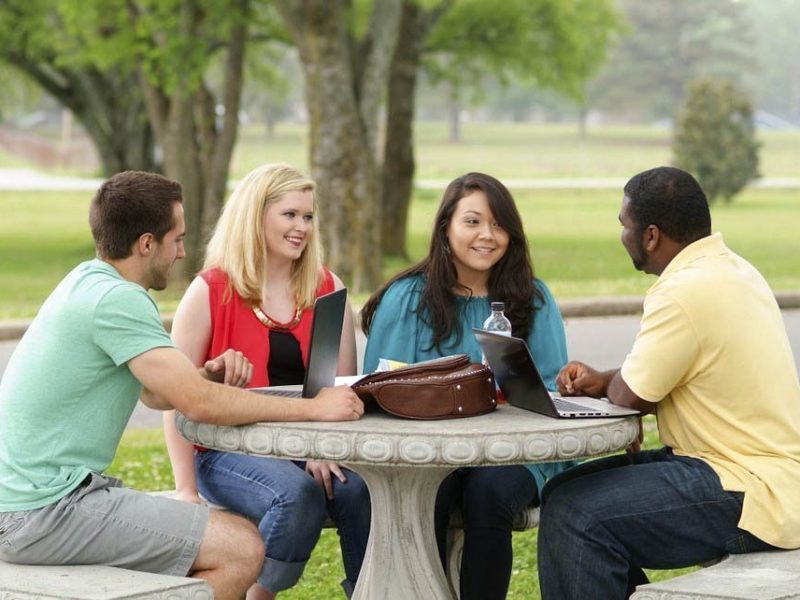
It most often falls to teachers, school employees and administrators to keep students and schools safe, and understandably so. Parents place their trust in these individuals when they send their children off to school every day and depend on them to do what their children may not yet be capable of doing.
But, that doesn’t mean that students are helpless when it comes to school safety. In fact, older students may even be wondering what they can do to help make their school environment a safer place. While they obviously can’t help patrol the grounds or monitor who comes in and out of the school, there are things they can be doing on a daily basis to create a safe, learning environment.
If a student asks you how they can do their part for school safety, encourage them to do the following:
Participate (and encourage others to):
Students who are active in school activities and that stay busy are less likely to feel alone, isolated or angry. Encourage students that are wondering what they can do to help with school safety to join and club or organization and try to recruit at least three other students. Push them to step outside their comfort zones and invite someone they might not normally talk to. Socialization and interaction are key to a satisfying and well-rounded education.
Speak Up:
Bullying has become a sensitive topic. Some are worried that every insult and taunt is a sign of a serious problem and others seem to turn a blind eye and let “innocent” words go too far. But the only people who really know how real bullying looks and feels are those who experience it. If your students want to contribute to a safe school, encourage them to speak out about bullying and what it looks like to them.
Create a group or organization where students can go to talk, be open and honest, and not worry that they will be greeted with ridicule. Bring in past students who may have dealt with bullying. Encourage open dialogue and ask students to reach out to peers they fear may be being bullied.
See Something, Say Something:
Go a step farther than simply creating a group to support those who have been bullied, ask students to come forward when they witness it. Teachers can’t be everywhere all the time and there will be times when students are not directly supervised. Reassure students that any information they give will be confidential and create an environment where kids feel welcomed and appreciated when they come forward and stand up for their fellow students.
Also, make sure students are well-educated in the behavior that may indicate a violent student and encourage them to come forward at the first sign of such behavior.
Cooperate with Drills and Planning:
While drills might seem annoying and unneeded at the time, if a student wants to contribute to a safe environment, ask them to be cooperative and patient when the school performs safety drills. When students see other students taking the drills seriously, they will be more likely to emulate that behavior. You can even ask students to get involved in the planning of these drills and get their opinions on the best ways to spread the word about safe behavior.


